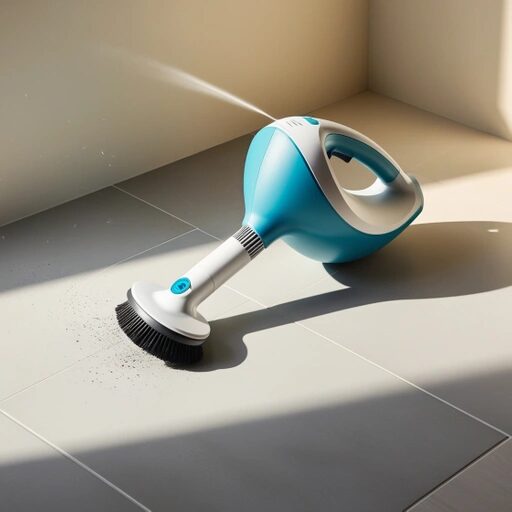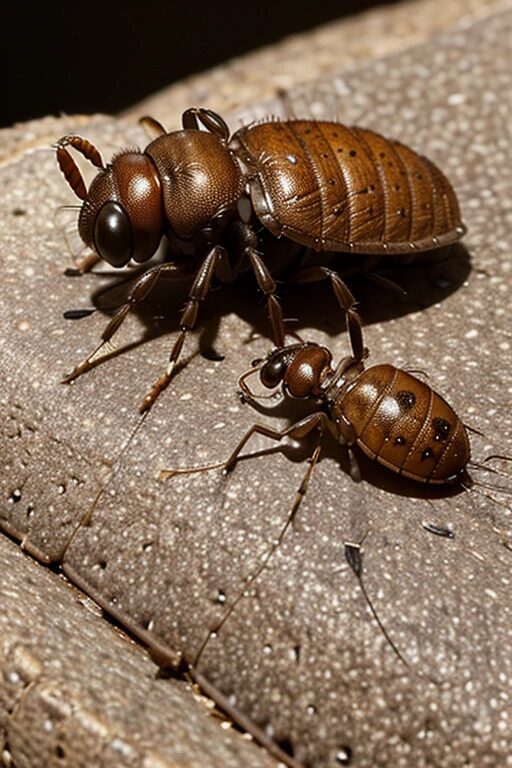Pest infestations can be both frustrating and hard to tackle, especially when pests hide in the most inaccessible places.
Cracks in walls, crevices under appliances, and gaps in furniture are prime locations for pests to thrive, making it difficult to reach them with traditional pest control methods.
The power duster for pest control, a tool that has been structured to efficiently disperse insecticidal dust into those hard-to-reach areas where pests are likely to be hiding
In this post, we’ll guide you through what a power duster is, its advantages, and how to use it effectively for your pest control needs.
What is a Power Duster?

A power duster is a mechanical device designed to distribute powdered pest control products, such as diatomaceous earth or boric acid, in a controlled and even manner.
Unlike manual dusters that rely on hand-squeezing or pumping, a power duster uses motorised air pressure to disperse dust, providing greater reach and efficiency.
Power dusters come in different forms, including electric, battery-operated, and manual pump types, making them versatile tools for professional pest controllers and homeowners alike.
They are ideal for targeting pests that hide in wall voids, under furniture, or in other concealed spaces.
Here is how to use a power duster for pest control.
How to Use a Power Duster for Pest Control

Using a power duster is straightforward, but to get the best results, follow these steps:
Step 1: Choose the Right Dust
Before you begin, make sure you’re using the right type of dust for the pests you’re targeting. Some common options include:
- Diatomaceous Earth: Great for crawling insects like ants, cockroaches, and bed bugs. It works by dehydrating the insects’ exoskeleton.
- Boric Acid: Effective for pests like cockroaches and ants, this dust disrupts the digestive system of insects.
- Silica Gel: Often used for bed bugs and cockroaches, this dust absorbs the oils and fats from an insect’s exoskeleton, leading to dehydration.
Each dust targets specific pests, so choose accordingly based on your infestation.
Step 2: Prepare the Area
Before using a power duster for pest control, clear the space of food, children, pets, and sensitive items. Identify areas where pests are likely hiding such as cracks, crevices, under appliances, or around entry points and focus on these spots.
Make sure to ventilate the area if you’re working indoors to avoid inhaling the dust during application.
Step 3: Load the Duster
Once your area is ready, load the power duster with the chosen pest control dust. Ensure the dust is evenly distributed in the device to prevent clogging and to promote consistent application.
Most dusters come with adjustable nozzles to help you regulate the flow of the powder.
Step 4: Apply the Dust
Begin applying the dust in short, controlled bursts. Start with cracks, wall voids, baseboards, and areas behind furniture.
Make sure to get into tight spaces where pests are likely to hide. For outdoor use, focus on entry points such as window sills and door frames.
Adjust the nozzle as needed to ensure the dust penetrates deep into hard-to-reach areas.
Step 5: Safety Precautions
While using a power duster for pest control, always prioritize safety. Wear protective gear such as gloves, a dust mask, and goggles to prevent contact with the dust.
Even though power dusters are designed for safe application, overuse of dust or failure to follow safety guidelines can pose health risks for both humans and pets.
Advantages of Using a Power Duster
- Efficiency: Power dusters allow for faster and more consistent application of insecticidal dust compared to manual methods. You can cover a larger area in less time, making it perfect for treating entire rooms or outdoor spaces.
- Precision: Pests often reside in tight, hidden areas like baseboards, cracks, or within walls. A power duster directs dust into these crevices, ensuring thorough coverage where pests live and breed.
- Wide Coverage: The pressurized air of a power duster distributes the dust evenly across a large surface, ensuring all areas are treated effectively, whether it’s an attic, basement, or crawl space.
- Safety: A power duster allows you to apply pest control dust from a safe distance, reducing direct contact with chemicals. It also minimises dust inhalation or accidental exposure to harmful insecticides.
Common Pests Targeted with a Power Duster

- Ants: Power dusters are effective in treating ant nests by applying insecticidal dust deep inside cracks and voids where colonies thrive.
- Bed Bugs: Bed bugs often hide in mattress seams, bed frames, and other furniture cracks. Using a power duster helps target these hidden spaces, ensuring bed bugs and their eggs are eliminated.
- Cockroaches: Cockroaches often hide in kitchens, behind appliances, and inside wall voids. A power duster helps spread dust into these secluded areas where cockroaches are active.
- Termites: Power dusters are particularly effective in treating wall voids and wood structures where termite infestations occur, stopping them from causing more damage.
Maintenance and Care of Your Power Duster
To ensure your power duster for pest control continues working efficiently:
- Cleaning: After each use, clean the device to prevent dust from clogging the nozzle. A clogged duster can result in uneven application or reduced effectiveness.
- Storage: Store the power duster in a dry, cool place to avoid moisture buildup that could damage the device or compromise the insecticidal dust.
- Routine Checks: Regularly inspect the duster for wear and tear, replacing any worn-out parts to ensure it continues working properly.
When to Use a Power Duster vs. Other Pest Control Methods
While a power duster is highly effective, there are instances where other pest control methods like sprays or traps might be more appropriate. Use a power duster when:
- You need to treat large areas or hidden spots.
- Pests are hiding in hard-to-reach places.
- A precise application of dust is necessary to avoid over-application of liquid chemicals.
For infestations that require quick knockdown or for flying insects, other solutions like sprays or traps might be more effective.
Conclusion
A power duster is an invaluable tool for both professional pest controllers and homeowners. It offers precision, speed, and safety when dealing with pests in difficult-to-reach areas.
By following the steps outlined above and using the right pest control dust, you can effectively tackle infestations and keep your home or business pest-free.
For the best results, always adhere to safety guidelines and keep your equipment in top shape. Do you have any pest control challenges? Share them with us in the comments!